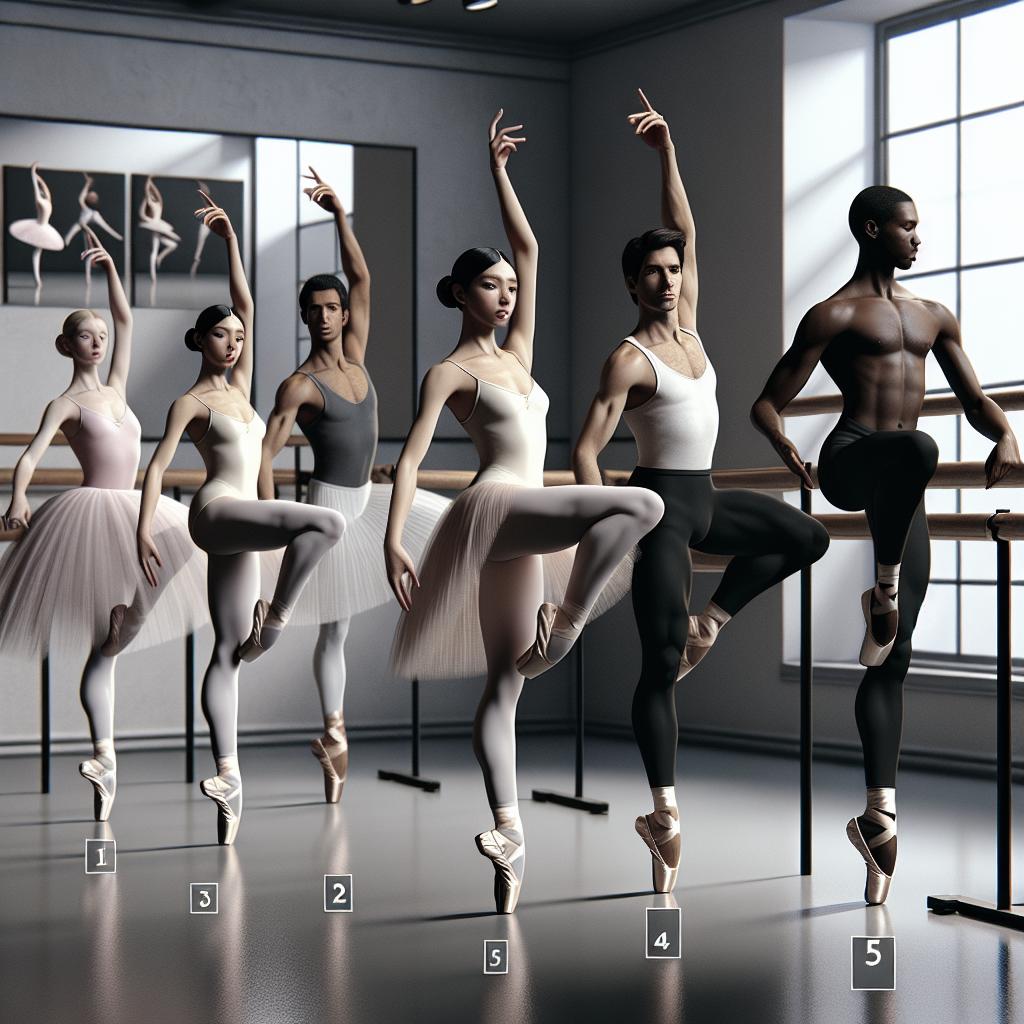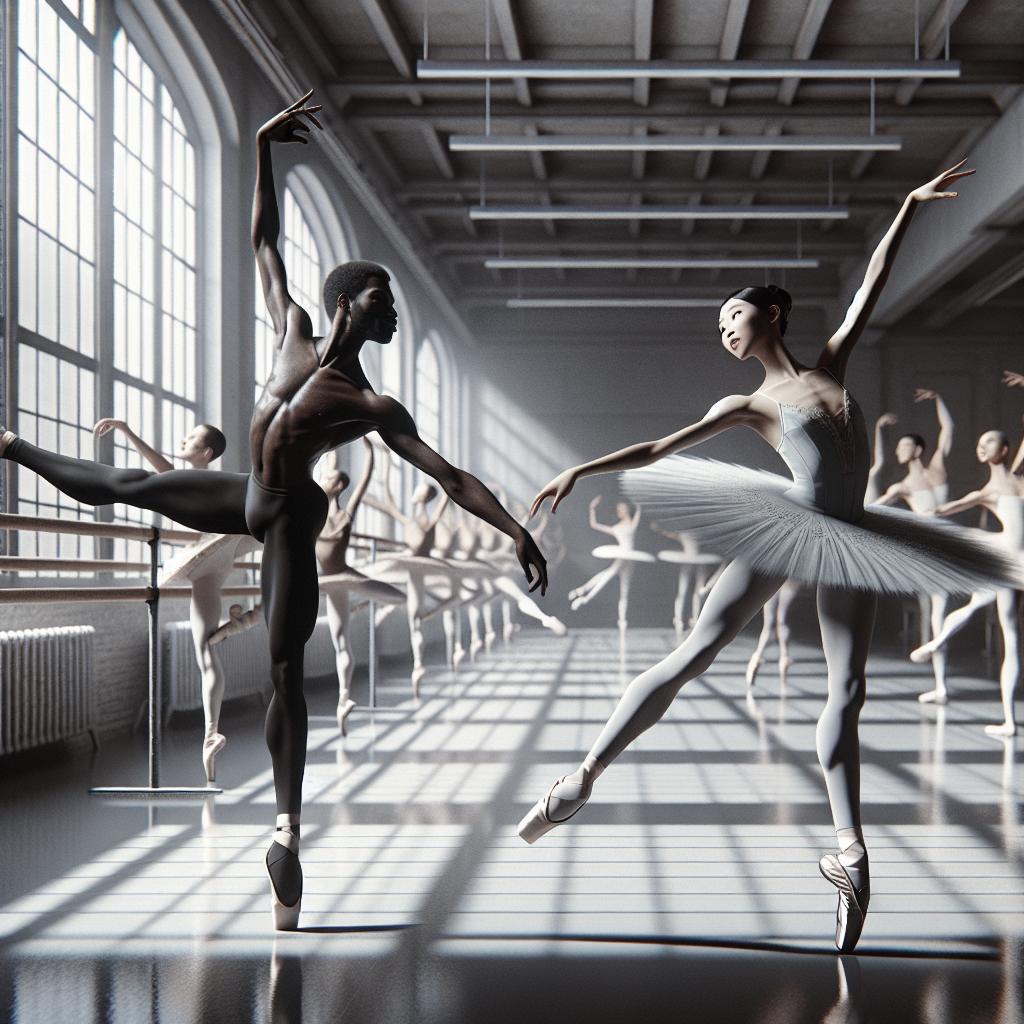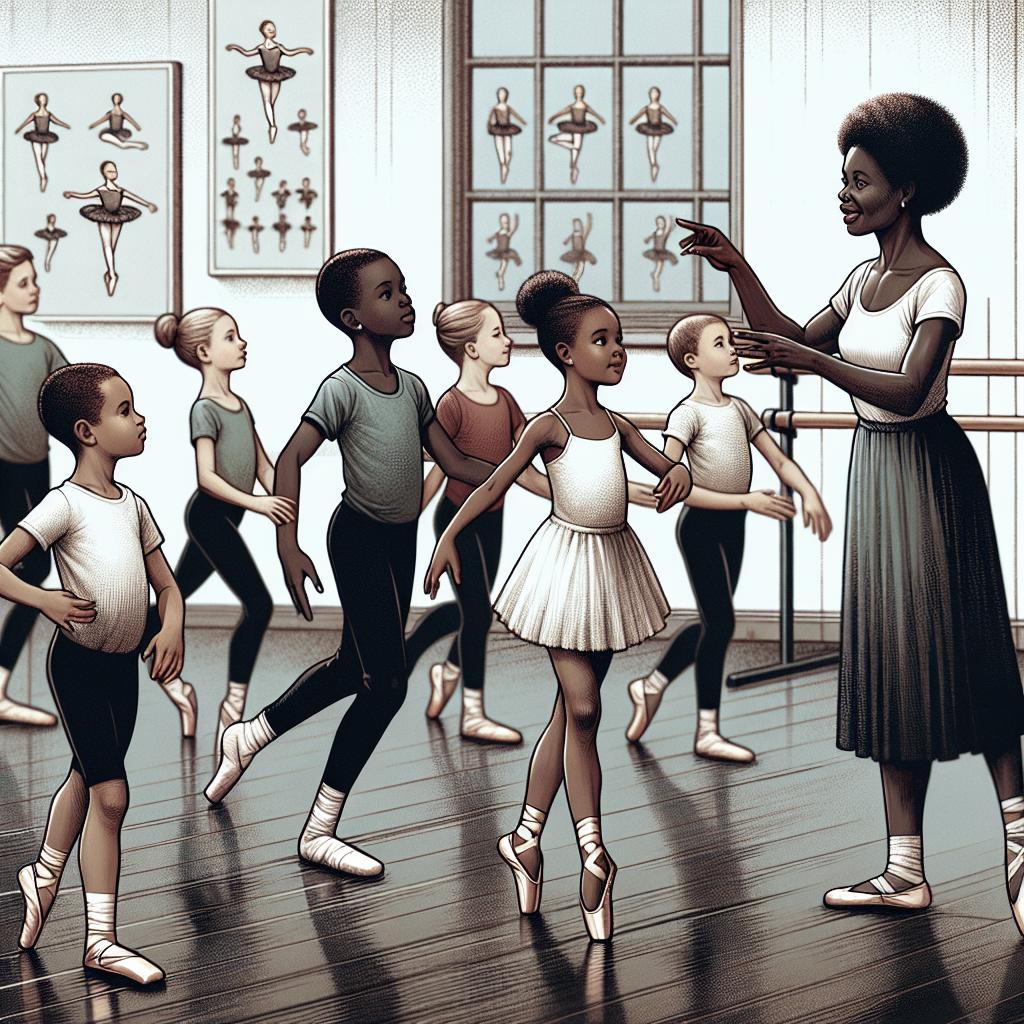5 Basic Ballet Positions for the Complete Beginner
Ballet is an art form that embodies grace, discipline, and beauty. With its roots in the Italian Renaissance courts, it has grown to captivate audiences worldwide. As a beginner, understanding the five basic ballet positions of the feet and arms is essential as they form the foundation for all ballet movements. This guide will walk you through these fundamental positions, providing a comprehensive overview for the aspiring dancer. We’ll also explore some basic dance movements and discuss the impact of social media on the world of dance. By the end, you’ll have the knowledge needed to take your first steps into the elegant world of ballet and learn how social media can be both a boon and a bane for dancers today.
Positions of the Feet
The five basic positions of the feet form the core foundation of ballet. These positions are essential for providing stability and aiding in the articulation of more complex movements. The first position sees the dancer standing with heels together, toes pointing outward, forming a straight line across both feet. This position promotes a sense of balance and readiness, enabling seamless transitions into more advanced steps.
The second position widens the stance, opening the feet shoulder-width apart while maintaining the outward turn of the toes. This position is crucial for developing strength in the legs and promoting open movement. The third position, less commonly used for advanced work, involves placing one foot in front of the other, the heel of each foot aligned with the arch of the other. This position integrates the grace of movement with the alignment of the body, serving as a precursor to more advanced postures.
The fourth position takes the framework of the third, advancing one foot forward, creating a space between the two feet similar to a staggered stance. Finally, the fifth position is perhaps the most iconic, where the heel of one foot is placed against the toe of the other, creating a closed stance that requires significant strength and control.
Positions of the Arms
The positions of the arms in ballet complement the positions of the feet and add an expressive layer to dance. In the first position, the dancer holds the arms in front of the body, curves resembling that of an oval, with hands poised just below chest height. This position helps to frame the body’s movement while maintaining openness and balance.
In the second position, arms are extended out to the sides, creating a horizontal line that conveys a sense of openness and extension. This is integral in showcasing the dancer’s line and establishing an ‘en grandeur’ presence. The third position involves one arm curving in front of the body with the other extended sideward or upward. It introduces coordination and control, vital for progressing into more complex choreography.
The fourth position brings one arm high above the head, creating a vertical alignment while the other stretches in front or to the side of the body. Finally, the fifth position elevates both arms above the head akin to a finishing flourish, bestowing an exquisite finish to the dancer’s silhouette and highlighting the poise and stature of traditional ballet form.
Movements in Dance
Beyond static positions, ballet incorporates various movements to form fluent and expressive artistry. Plies are one of the fundamental movements, involving bending the knees while maintaining an upright posture, which develops leg strength and flexibility. Another critical movement is the tendu, where the dancer extends the leg and foot outwards, brushing it along the floor with a pointed toe. This helps refine the articulation and precision of footwork.
The relevé is an essential movement that involves rising onto the balls of the feet, enhancing balance, control, and elevation. jumps, known as sautés, require the combination of pliés with an explosive push-off to achieve elevation and flight, adding dynamism to performances. Grand jetes and pirouettes represent more advanced movements, incorporating leaps and spins that demonstrate the dancer’s prowess and artistry, captivating the audience with fluid grace and dramatic flair.
The Pros and Cons of Social Media for Dancers
In today’s digital age, social media has become a prominent platform for dancers to showcase their skills, connect with peers, and gain inspiration. Platforms like Instagram and TikTok allow for the sharing of performances, gaining feedback, and reaching a global audience, expanding opportunities for exposure and collaboration. Social media enables dancers to build personal brands, engage with fans, and explore virtual opportunities like online classes and collaborations that transcend geographical barriers.
However, social media also brings challenges. The pressure to maintain a perfect online presence can lead to stress and distraction from authentic practice and improvement. The curated nature of social media may distort reality, creating unrealistic standards and self-comparisons among dancers. Despite these potential downsides, balancing social media’s use while maintaining focus on personal growth and development helps dancers to leverage its benefits without being overwhelmed by its demands.
Next Steps
Embarking on a ballet journey is an exciting endeavor that encourages personal growth, discipline, and artistic expression. With a grasp of the basic ballet positions and movements, you’re now prepared to step into a ballet class with confidence. Consider enrolling in beginner classes either in person or online to hone your skills under professional guidance. Embrace the learning process, and remember that progress takes time and consistent practice. As you advance, explore various resources like books, videos, and workshops to deepen your understanding and appreciation of ballet. Whether pursuing ballet recreationally or more seriously, the foundation of positions and movements will serve as a springboard for your dance journey. Stay curious, keep dancing, and enjoy the beautiful art of ballet!
| Section | Description |
|---|---|
| Positions of the Feet | Explains the five positions that form the foundation of ballet, essential for stability and complex movements. |
| Positions of the Arms | Details on how arm positions complement foot positions, adding an expressive layer to ballet. |
| Movements in Dance | Discussion on basic ballet movements like pliés, tendus, relevés, and more advanced techniques. |
| Pros and Cons of Social Media for Dancers | Exploration of social media’s impact on dancers, highlighting both its opportunities and challenges. |
| Next Steps | Encourages enrollment in ballet classes and continuous learning to improve ballet skills. |


